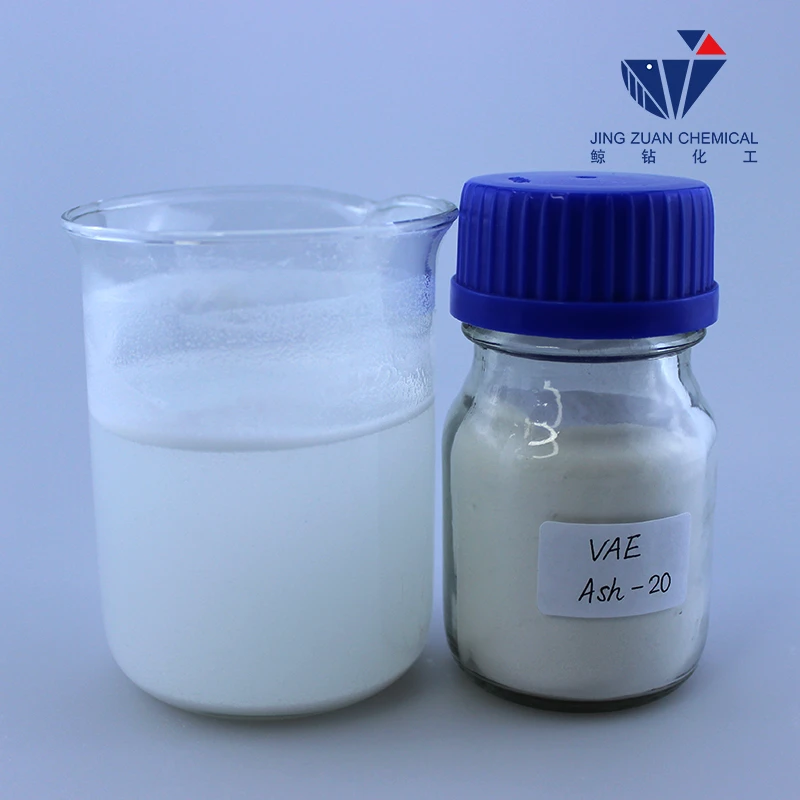
Tet . 12, 2024 09:13 Back to list
hydroxypropyl methyl cellulose hs code
Understanding Hydroxypropyl Methyl Cellulose Applications and HS Code Classification
Hydroxypropyl Methyl Cellulose (HPMC) is a versatile cellulose ether widely used in various industries, including pharmaceuticals, food, construction, and personal care products. It is a non-ionic, water-soluble polymer that exhibits excellent film-forming properties, thickening capabilities, and water retention features. In this article, we will explore the various applications of HPMC and its classification under the Harmonized System (HS) Code.
What is Hydroxypropyl Methyl Cellulose?
HPMC is produced by the chemical modification of cellulose, which is an abundant natural polymer derived from plant cellulose. The addition of hydroxypropyl and methoxy groups to cellulose enhances its solubility in water while maintaining its structural integrity. This modification allows HPMC to act as a powerful emulsifier, stabilizer, and thickener in numerous applications.
Applications of Hydroxypropyl Methyl Cellulose
1. Pharmaceutical Industry HPMC is commonly used in the pharmaceutical sector as a coating agent for tablets and a binder in the formulation of sustained-release dosage forms. Its ability to control the release of active ingredients makes it an essential component in modern drug delivery systems. Additionally, HPMC is utilized in eye drop formulations due to its ability to retain moisture and provide a soothing effect.
2. Food Industry In food processing, HPMC serves as a thickening and gelling agent. It is often found in sauces, dressings, and bakery products to improve texture and stability. HPMC can also act as a fat replacer, enhancing the mouthfeel of low-fat food products without compromising taste. Furthermore, its ability to form a gel at elevated temperatures makes it valuable in creating gluten-free products.
3. Construction Industry The construction sector employs HPMC as an additive in cement, mortar, and tile adhesives. Its thickening properties help improve workability and increase water retention, allowing for better bonding and adhesion. HPMC also enhances the open time of cement-based materials, giving workers ample time to spread and shape before setting occurs.
hydroxypropyl methyl cellulose hs code

4. Personal Care Products HPMC is widely used in the formulation of various personal care items, including lotions, shampoos, and creams. Its film-forming properties provide a smooth and even texture, while its ability to retain moisture makes it ideal for skin and hair care products. Additionally, it helps stabilize emulsions, preventing the separation of oil and water phases in formulations.
Understanding HS Code Classification
The Harmonized System (HS) is an internationally standardized coding system developed by the World Customs Organization (WCO) to classify traded products. It is essential for customs purposes and trade statistics. HPMC falls under different HS codes depending on its specific types and applications.
Typically, hydroxypropyl methyl cellulose is classified under HS Code 3912, which pertains to Cellulosic Ethers. More specifically, it may fall under HS Code 3912.31 or 3912.39, which includes various cellulosic ethers and their derivatives. The exact classification may vary by country and specific product characteristics, such as viscosity and degree of substitution.
Conclusion
Hydroxypropyl Methyl Cellulose is a multi-functional polymer that has found its place in a plethora of industries due to its unique properties. Its role in pharmaceuticals, food production, construction, and personal care underscores its versatility and importance. Understanding its classification under the Harmonized System (HS) Code is crucial for businesses engaged in international trade, ensuring compliance with customs regulations and facilitating smoother trade operations.
As the demand for HPMC continues to grow, further research and development will likely unveil new applications and enhancements to its properties, solidifying its status as a key ingredient in various formulations. With an increasing focus on sustainability and natural ingredients in many sectors, HPMC’s plant-derived origins and non-toxic nature make it an attractive choice for the future.
-
Versatile Hpmc Uses in Different Industries
NewsJun.19,2025
-
Redispersible Powder's Role in Enhancing Durability of Construction Products
NewsJun.19,2025
-
Hydroxyethyl Cellulose Applications Driving Green Industrial Processes
NewsJun.19,2025
-
Exploring Different Redispersible Polymer Powder
NewsJun.19,2025
-
Choosing the Right Mortar Bonding Agent
NewsJun.19,2025
-
Applications and Significance of China Hpmc in Modern Industries
NewsJun.19,2025







